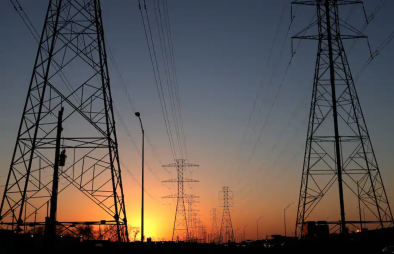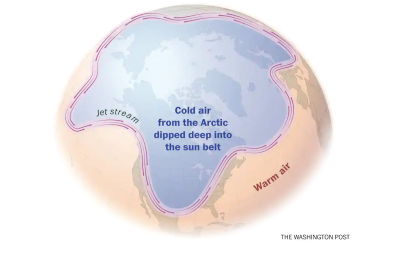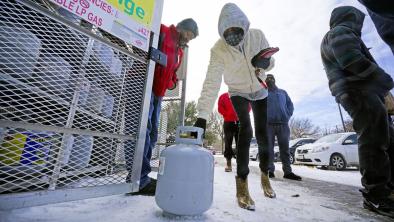Science Source
Time-Course of Cause-Specific Hospital Admissions During Snowstorms: An Analysis of Electronic Medical Records From Major Hospitals in Boston, Massachusetts
- States that more frequent severe snowstorms are expected with global climate change
- Gathers detailed medical records on hospital admissions (n = 433,037 admissions) from the 4 largest hospitals in Boston, Massachusetts, during the winters of 2010–2015
- Estimates the percentage increase in hospitalizations for cardiovascular and cold-related diseases, falls, and injuries on the day of and for 6 days after a day with low (0.05–5.0 inches), moderate (5.1–10.0 inches), or high (>10.0 inches) snowfall using distributed lag regression models
- Finds that cardiovascular disease admissions decreased by 32% on high snowfall days (relative risk (RR) = 0.68, 95% confidence interval (CI): 0.54, 0.85) but increased by 23% 2 days after (RR = 1.23, 95% CI: 1.01, 1.49); cold-related admissions increased by 3.7% on high snowfall days (RR = 3.7, 95% CI: 1.6, 8.6) and remained high for 5 days after; and admissions for falls increased by 18% on average in the 6 days after a moderate snowfall day (RR = 1.18, 95% CI: 1.09, 1.27)
- Does not find a higher risk of hospitalizations for injuries
- This is, to the authors' knowledge, the first study in which the time course of hospitalizations during and immediately after snowfall days has been examined
- Results can be translated into interventions that prevent hospitalizations and protect public health during harsh winter conditions
Related Content
Science Source
Warm Arctic, Cold Continents: A Common Pattern Related to Arctic Sea Ice Melt, Snow Advance, and Extreme Winter Weather
Judah Cohen, Justin E. Jones, Jason C. Furtado et al
Headline

Feb 23, 2021 | Washington Post
Deadly Texas blackout shows our vulnerability to coming climate extremes
Headline

Feb 19, 2021 | Washington Post
The lethal atmospheric setup behind a deadly Arctic outbreak
Event

Feb 19, 2021
Polar Vortex Breakdown and Central US Winter Storms February 2021


